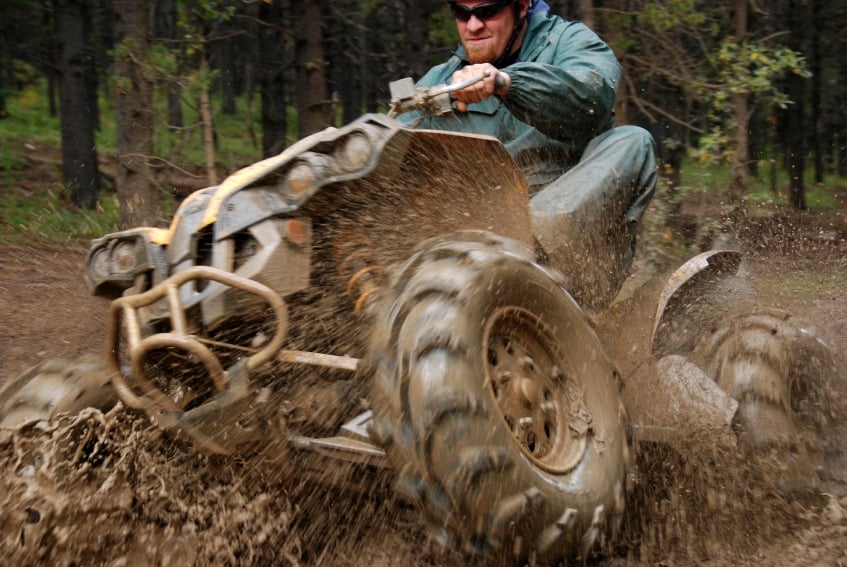SafetyAtWorkBlog has not reported on the asbestos compensation problems faced by James Hardie Industries directly because in 2009, the issue is one of corporate responsibility more so than workplace safety. The reality is that asbestos kills and victims deserve compensation. The fact that asbestos companies are avoiding their responsibilities is of little surprise.
In Australia, most of the focus has been on James Hardie due, principally, to its corporate conduct to the Australian stock exchange and its prosecution by the financial regulators. But another asbestos miner and building product manufacturer is at the Australian Courts in December 2009.
In some ways, CSR Limited is the more notorious asbestos manufacturer due to its operation of the Wittenoom asbestos mine. It could be said that CSR is the James Hardie of the 1980s.
According to a media report in the Sydney Morning Herald, CSR is planning to demerge but the Federal Court has been told that the Australian Securities & Investments Commission believes that insufficient allowance has been made in the strategy for asbestos compensation.
CSR is splitting its sugar and renewable energies divisions away from the building products division where the compensation is likely to sit. The sugar business will be called Sucrogen.
For those who do watch the corporate manoeuvrings of asbestos manufacturers, CSR’s actions should be familiar but those new to the issue should look beyond James Hardie to gain fuller appreciation of asbestos and capitalism.
For a global perspective on the whole industry it is hard to go past “Defending the Indefensible” by Jock McCulloch and Geoffrey Tweedale.

